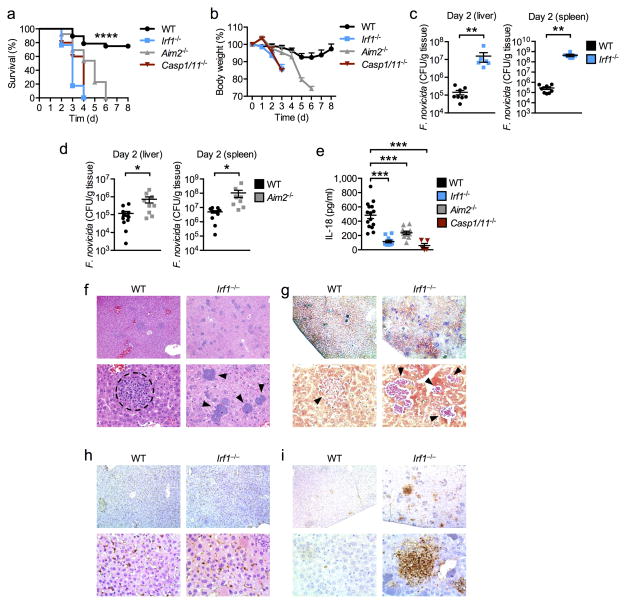Figure 6. IRF1 provides host protection against F. novicida infection in vivo.
(a) % Survival of 8 week-old WT (n=28), Irf1−/− (n=17), Aim2−/− (n=13) and Casp1 x Casp11 double-deficient (Casp1/11−/−) (n=5) mice subcutaneously infected with 7.5×104 CFU of F. novicida. (b) Body weight change of 8 week-old WT (n=16), Irf1−/− (n=9), Aim2−/− (n=9) and Casp1/11−/− (n=5) subcutaneously infected with 7.5×104 CFU of F. novicida. (c) Bacterial burden in the liver and spleen of 8 week-old male WT (n=8) and Irf1−/− (n=6) mice infected with 1×105 CFU of F. novicida. (d) Bacterial burden in the liver and spleen of 8-week old female WT (n=12) and Aim2−/− (n=9) mice infected with 1×105 CFU of F. novicida. (e) Concentrations of IL-18 in the serum of WT (n=15), Irf1−/− (n=11), Aim2−/− (n=11), and Casp1/11−/− (n=5) mice infected with 1×105 CFU of F. novicida for 24 h. (f) H&E and (g) Gram staining of F. novicida-infected livers collected on day 3. (h) Myeloperoxidase (MPO) and (i) TUNEL staining of F. novicida-infected livers collected on day 3. Top panels, 10× magnification; bottom panels 40× magnification. The dashed circle indicates a granuloma. Arrowheads indicate bacterial colonies. Data are from one experiment representative of two independent experiments (b) or pooled from two independent experiments (a,c–e). Error bars indicate s.e.m. *P < 0.05; **P < 0.001; ***P < 0.0001. Log-rank test (a), Two-tailed t-test (c,d) and One-way ANOVA with a Dunnett’s multiple comparisons test (e).

